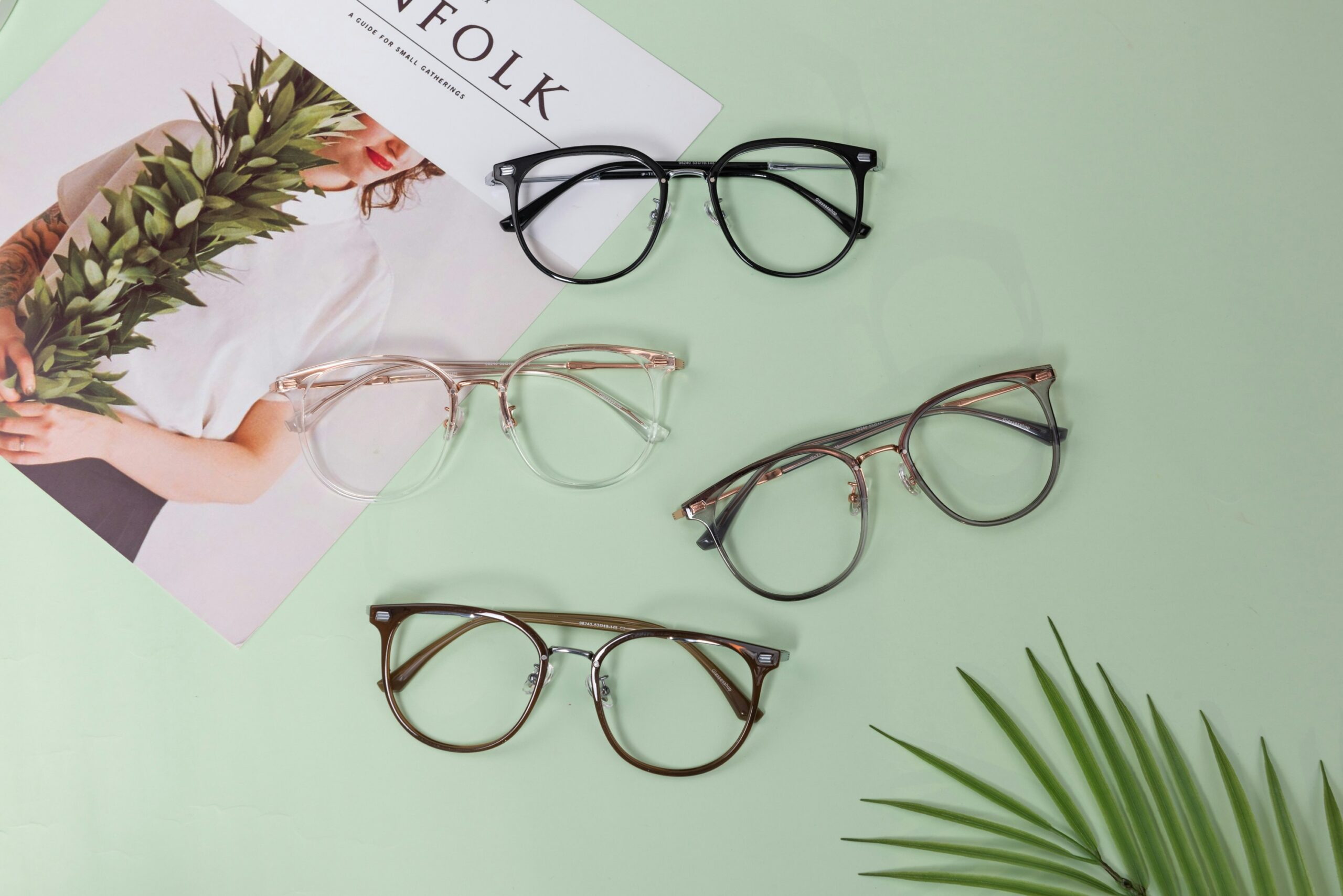
Eyeglasses are more than just tools for vision correction; they are a symbol of style, intelligence, and innovation. Over the centuries, these small yet impactful accessories have undergone significant transformation, evolving from simple magnifying devices to fashionable statements. The journey of eyeglasses reflects humanity’s ingenuity and changing cultural attitudes toward both vision and appearance.
Early Beginnings and Ancient Innovations
The history of eyeglasses stretches back centuries, long before they became a staple of modern life. Ancient civilizations, including the Egyptians and Romans, experimented with early vision aids. They used crystal, polished quartz, and other transparent materials to magnify objects, helping people with poor eyesight read or observe details. While these devices were rudimentary, they marked the first known attempts to enhance human vision.
During the Middle Ages, eyeglasses began to take on a more recognizable form. By the late 13th century, monks and scholars in Europe used basic convex lenses to aid reading. These early eyeglasses were handheld or perched on the nose without temples. Crafted from glass and often mounted in simple frames, they were both functional and a symbol of learning. The limited availability of materials and skilled artisans made them a rare and valuable possession, often reserved for the educated elite.
The Renaissance Era and Technological Advances
The Renaissance period brought a surge in scientific curiosity, which directly influenced eyeglass innovation. Improved lens-making techniques allowed for more accurate vision correction, and eyeglasses became more widely accessible. During this time, frames began to include side pieces, or temples, that rested on the ears, enhancing comfort and usability.
Eyeglasses were no longer merely practical tools; they became personal statements. Wealthy individuals sought frames made from fine materials like gold, silver, and ivory. Decorative touches, such as engravings and gemstone inlays, reflected social status. The Renaissance era demonstrated that eyeglasses could merge utility with elegance, setting the stage for their future as fashion accessories.
Industrial Revolution and Mass Production
The 18th and 19th centuries ushered in the Industrial Revolution, fundamentally changing how eyeglasses were produced and consumed. Mass production techniques allowed frames and lenses to be manufactured on a larger scale, making eyeglasses more affordable and accessible to the general population.
During this period, eyeglasses became more diverse in design. Round lenses remained popular, but new shapes and materials emerged. Spectacles were no longer confined to the elite; middle-class individuals could now benefit from vision correction. Additionally, the rise of printed books and literacy rates increased demand for eyeglasses, reinforcing their role in everyday life.
Twentieth-Century Innovation and Style
The 20th century witnessed an explosion of creativity and innovation in eyeglass design. Materials like plastic, acetate, and lightweight metals replaced traditional options, allowing for a broader range of shapes, colors, and styles. Eyeglasses were no longer solely utilitarian objects; they became essential fashion accessories that reflected personal identity.
Hollywood and celebrity culture played a crucial role in popularizing eyeglasses as stylish items. Iconic figures like Audrey Hepburn, James Dean, and Marilyn Monroe influenced public perception, turning eyewear into a symbol of sophistication and glamour. The integration of fashion with function gave rise to designer frames, creating a new market where aesthetics were as important as vision correction.
The Digital Age and Smart Eyewear
In the 21st century, eyeglasses have continued to evolve alongside technological advancements. Beyond traditional vision correction, modern eyewear now addresses digital strain, UV protection, and even augmented reality. Blue-light filtering lenses have become increasingly popular as people spend more time in front of screens, highlighting the intersection of health and technology in eyewear design.
Smart glasses, equipped with cameras, displays, and connectivity features, are transforming how we interact with information and our surroundings. These innovations represent the latest chapter in the long evolution of eyeglasses, merging utility, fashion, and cutting-edge technology. Today, eyewear is a dynamic accessory that serves multiple purposes, from protecting vision to making bold fashion statements.
Eyeglasses as a Cultural and Fashion Icon
The journey of eyeglasses is not just about optics; it’s also about culture. Across time, they have symbolized intelligence, professionalism, creativity, and social status. From the scholarly monks of the Middle Ages to modern fashion enthusiasts, eyeglasses have communicated personality and identity without a single word. Contemporary designers continue to experiment with colors, shapes, and textures, ensuring that eyeglasses remain a vital element of personal style.
A Lens into the Future
Eyeglasses have come a long way since their humble beginnings as simple magnifying tools. They have evolved through centuries of innovation, fashion trends, and technological breakthroughs, transforming from rare instruments into everyday essentials. Today, eyeglasses occupy a unique space at the intersection of functionality and style, reflecting both individual expression and human ingenuity.
As technology advances, the future of eyeglasses promises even more remarkable innovations. Smart lenses, adaptive materials, and customizable designs will continue to redefine how we see the world—and how the world sees us. The evolution of eyeglasses is a testament to human creativity, proving that even the simplest tools can become timeless symbols of culture and style.